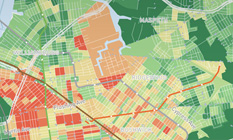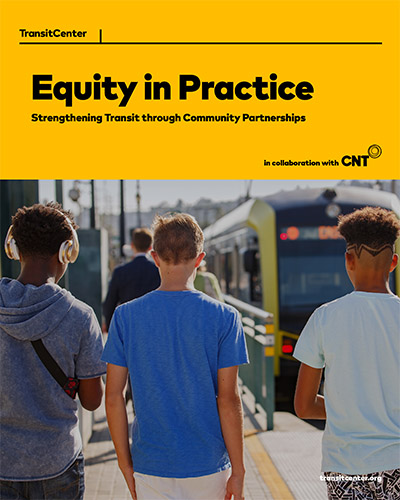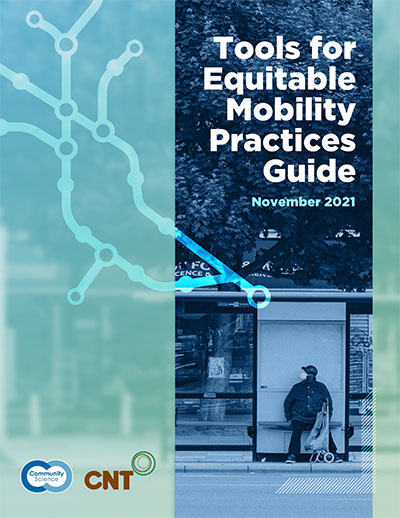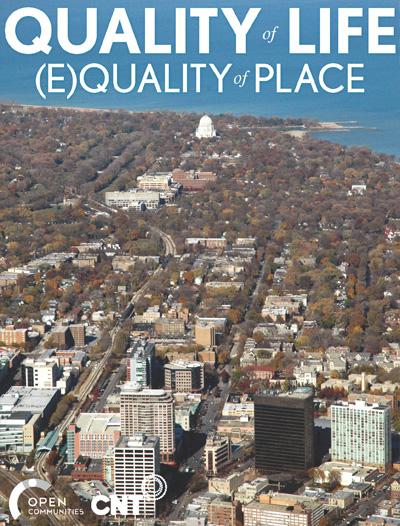When households of all incomes can live in neighborhoods with access to transit and jobs, they have greater choices between housing units, employment opportunities, and multiple transportation options connecting the two. With that expanded choice comes a lower reliance on automobiles. As households drive less, they spend less on transportation, freeing up money for things like childcare, education, health care, conventional down payments, and savings. Through this connection to job opportunities via transit, economic mobility increases. Greenhouse gases go down. Neighborhoods become more economically and fiscally resilient. And many of these benefits accrue at an even greater rate when transit-oriented development (TOD) includes units for all incomes.
We’re making the case for equitable transit-oriented development all over the United States.
We’ve found that:
- TOD is an effective climate mitigation strategy. In our research for the California Housing Partnership, we found that affordable housing in TOD can substantially cut vehicle miles traveled (VMT) and greenhouse gas (GHG).
- TOD reduces the cost of living. Our Housing and Transportation (H+T) Affordability Index has found that compact communities near jobs and transit can have lower transportation costs. Households living in affordable units within TODs can own fewer cars and apply that savings to other needs.
- TOD can protect property values. With American Public Transit Association and the American Association of Realtors, we found that transit-oriented properties held their value better during the depths of the Great Recession and subprime mortgage crisis.
- TOD helps connect households with economic opportunity. Our AllTransit tool shows that in neighborhoods with high-quality transit, households can reach hundreds of thousands of jobs within a 30-minute transit ride. This opens career paths and job opportunities to lower-income households that may not own cars.
TOD can help communities meet fair housing goals. CNT and Open Communities have promoted mixed-income TOD to help communities meet Affirmatively Furthering Fair Housing goals. Mixed-income TOD connects households to economic opportunity in an environment that promotes interaction and diversity.
Learn more
The New Real Estate Mantra: Location Near Public Transportation
Safe, Decent and Affordable: Transportation Costs of Affordable Housing in the Chicago Region





 Strengthening Transit Through Community Partnerships
Strengthening Transit Through Community Partnerships











